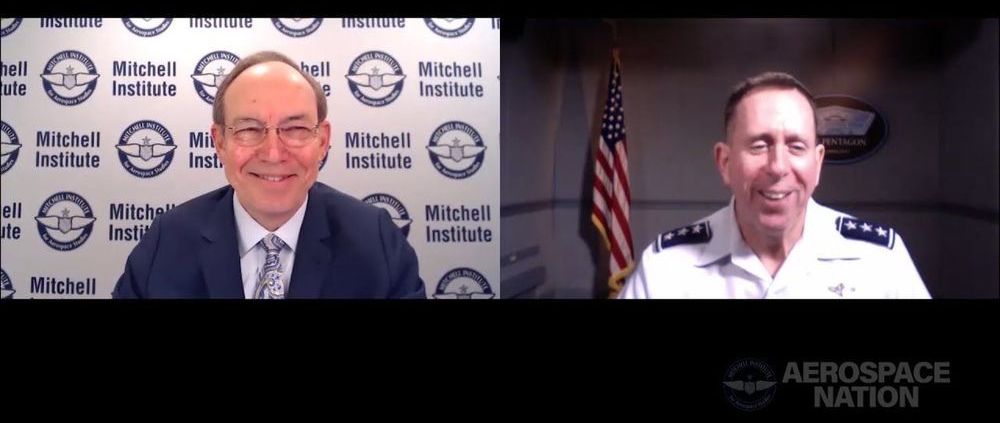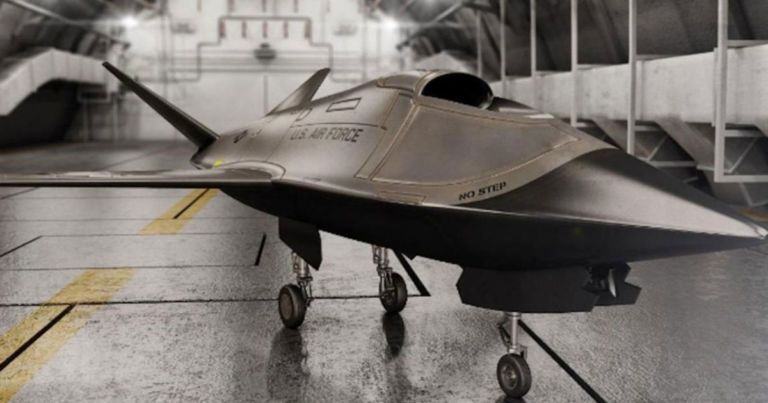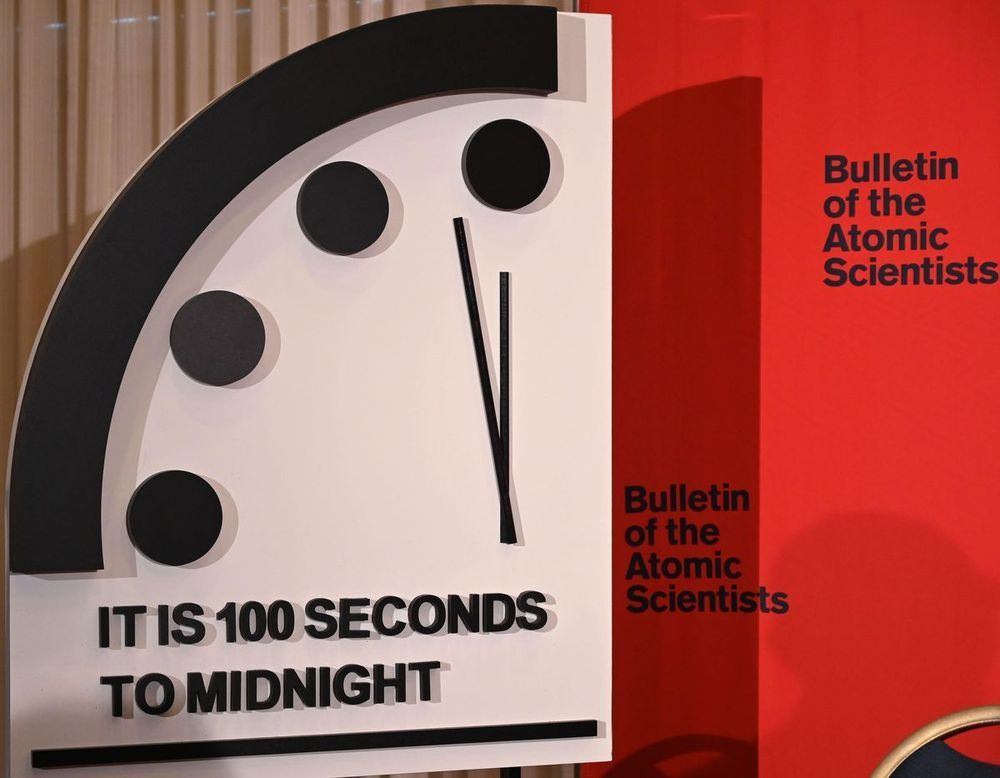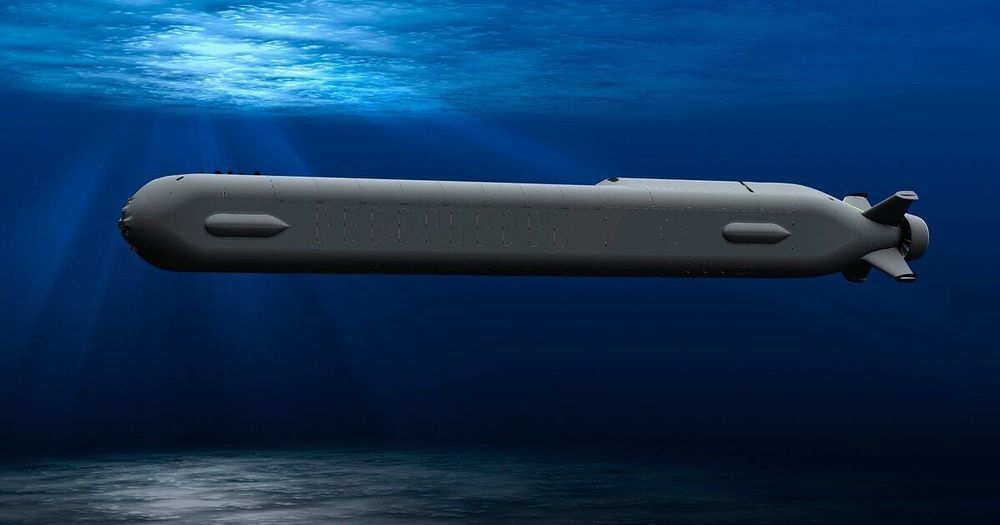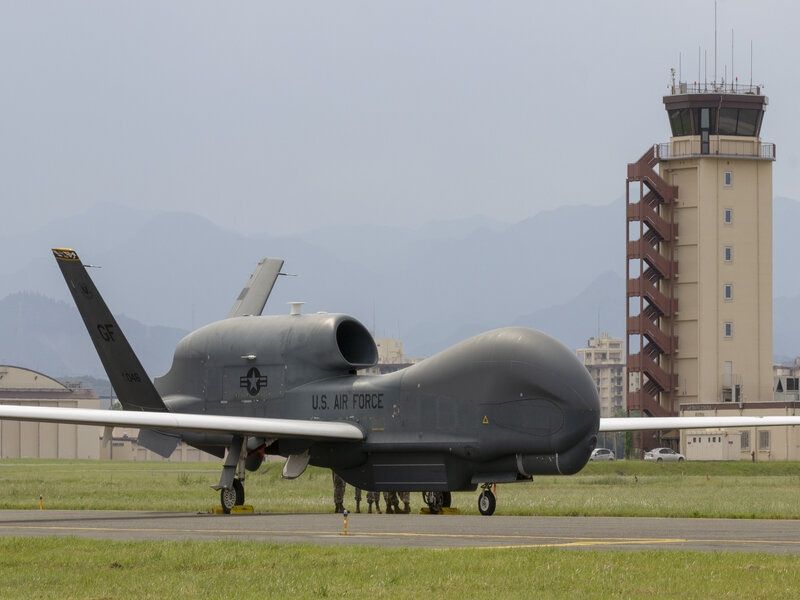The Senate on Tuesday confirmed Gen. Charles Q. Brown to be the next Air Force chief of staff.
Category: military
For more than two years, the Pentagon’s research arm has been working with engineers to beef up the security of computer chips before they get deployed in weapons systems or other critical technologies.
Now, the research arm — the Defense Advanced Research Projects Agency (DARPA) — is turning the hardware over to elite white-hat hackers who can earn up to $25,000 for bugs they find. The goal is to throw an array of attacks at the hardware so its foundations are more secure before production.
“We need the researchers to really roll their sleeves up and dig into what we’re doing and try to break it,” said Keith Rebello, a DARPA program manager. Hardware hacks often involve identifying vulnerabilities in how a computer chip handles information, like the flaw uncovered in Intel microprocessors in March that could have allowed attackers to run malicious code early in the boot process.
DARPA is developing bioelectronic devices that would dwell in the gut and produce therapeutic drugs on demand.
Changing Course
The Air Force announced an AI initiative called “Skyborg” last March with the goal of flying fighter jets without anyone at the controls. Now, Shanahan says that the Air Force may be more interested in swarm drones and other uses for AI than necessarily taking the pilot out of a fighter plane’s cockpit.
“Maybe I shouldn’t be thinking about a 65ft-wingspan, maybe it is a small autonomous swarming capability,” Shanahan told BBC News. “The last thing I would claim is that carriers and fighters and satellites are going away in the next couple of years.”
RUSSIA plans to hold more than 100 military drill this summer as Vladimir Putin ramps up his nation’s war readiness.
73 years ago, the same scientists who had helped to begin the atomic age set a “doomsday clock” for humanity. It first appeared on the cover of the June 1947 issue of the Bulletin of the Atomic Scientists as a dire warning about the nuclear rivalry between the U.S. and the Soviet Union. At that moment, the Bulletin estimated that we stood at about 7 minutes to midnight, which represented nuclear apocalypse.
The Doomsday Clock wasn’t – and still isn’t – a precise countdown to the end of all things. It’s a metaphor for how dangerous the global situation seems to be at a given moment, in the very well-informed but also subjective opinion of the Bulletin’s board of directors. In June 1947, things looked dire. The U.S. had dropped a pair of atomic bombs on Japan less than two years before; when the Bulletin of the Atomic Scientists first published the Doomsday Clock image, researchers were still studying the aftermath of those bombs. Meanwhile, the Soviet Union was hard at work on its own atomic program, and was just a couple of years away from testing its first atomic bomb in 1949.
Through the Cold War and in the decades since, the clock’s minute hand has moved about two dozen times. In September 1953, it stood at two minutes to midnight, following Russia’s August 1953 hydrogen bomb test – which in turn had followed a U.S. hydrogen bomb test in November 1952. Those tests meant the two feuding superpowers each had much more powerful new weapons with which to destroy each other; the tests also heightened the sense of life-or-death competition that made it more likely that someone would decide to use those terrible new bombs.
The Navy is also developing a family of unmanned surface vessels that are intended to increase the offensive punch for less money, while increasing the number of targets the Chinese military would have to locate in a fight.
That’s a push that earned the endorsement of Chief of Naval Operations Adm. Michael Gilday in comments late last year.
“I know that the future fleet has to include a mix of unmanned,” Gilday said. “We can’t continue to wrap $2 billion ships around 96 missile tubes in the numbers we need to fight in a distributed way, against a potential adversary that is producing capability and platforms at a very high rate of speed. We have to change the way we are thinking.”
The US Air Force’s (USAF) RQ-4 Global Hawks have returned to Yokota Air Force Base (AFB) in Japan from Andersen AFB in Guam.
To support the US Indo-Pacific Command reconnaissance requirements, the Pacific Air Forces conducted a rotation of the air vehicle, ensuring continuous operations.
Owned by the USAF 319th Reconnaissance Wing Det 1, the rotation provides a stable location to the aircraft.


